At her farm in Beech Mountain, North Carolina, Lee Hemmings Carlton cultivates thousands of these brilliant blossoms.
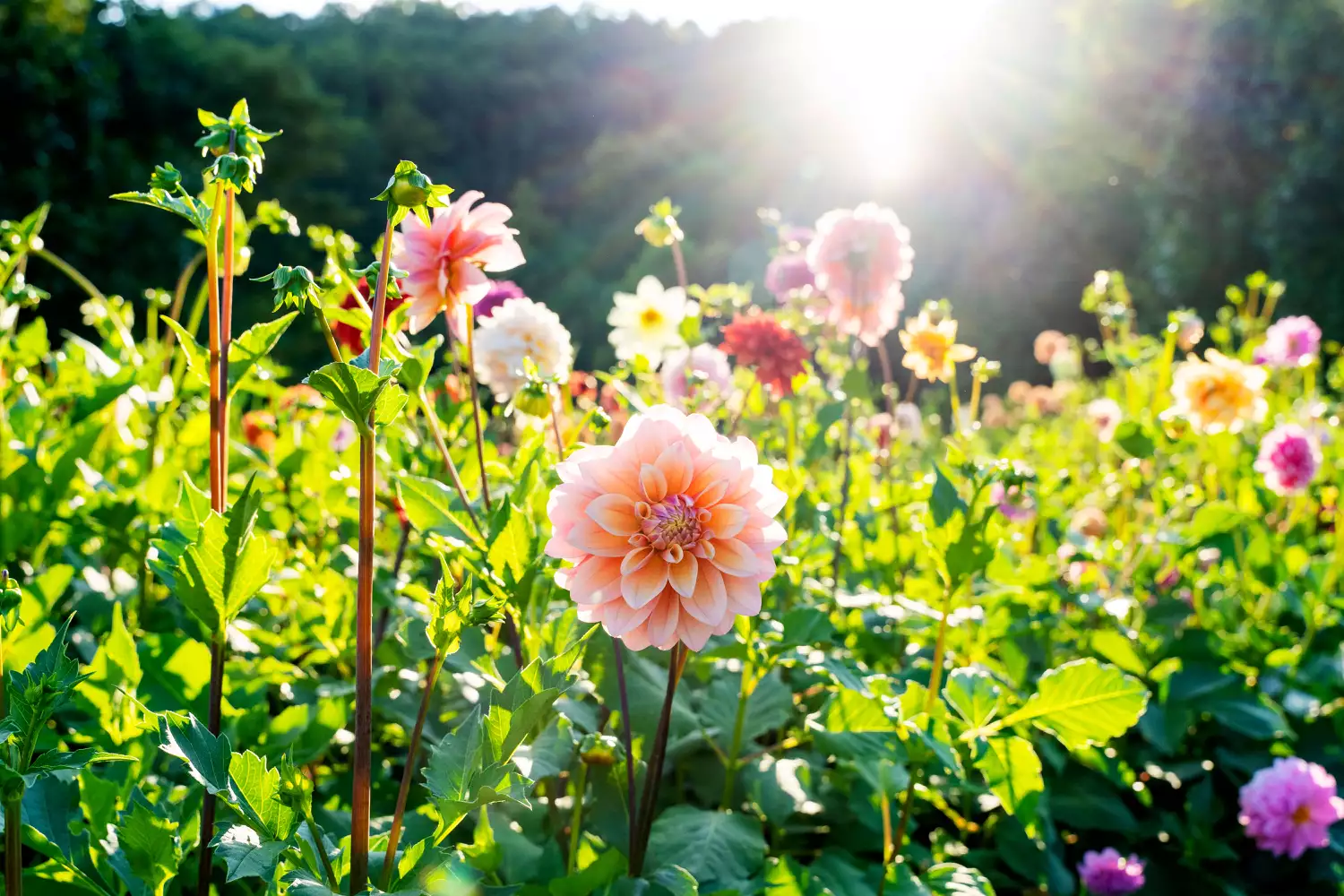
For Lee Hemmings Carlton, it was love at first sight with dahlias. Although the flower farmer had studied horticulture in college, it wasn’t until she moved to the mountains of North Carolina in 2008 that she discovered country dahlias. “I saw them in a vase and thought, ‘What are those?’” she recalls. “I was hooked.”
Lee Hemmings Carlton is a farmer and the owner of Goldenrod Gardens in North Carolina. She is a lover of dahlias who grows these beautiful flowers by the thousands every year.
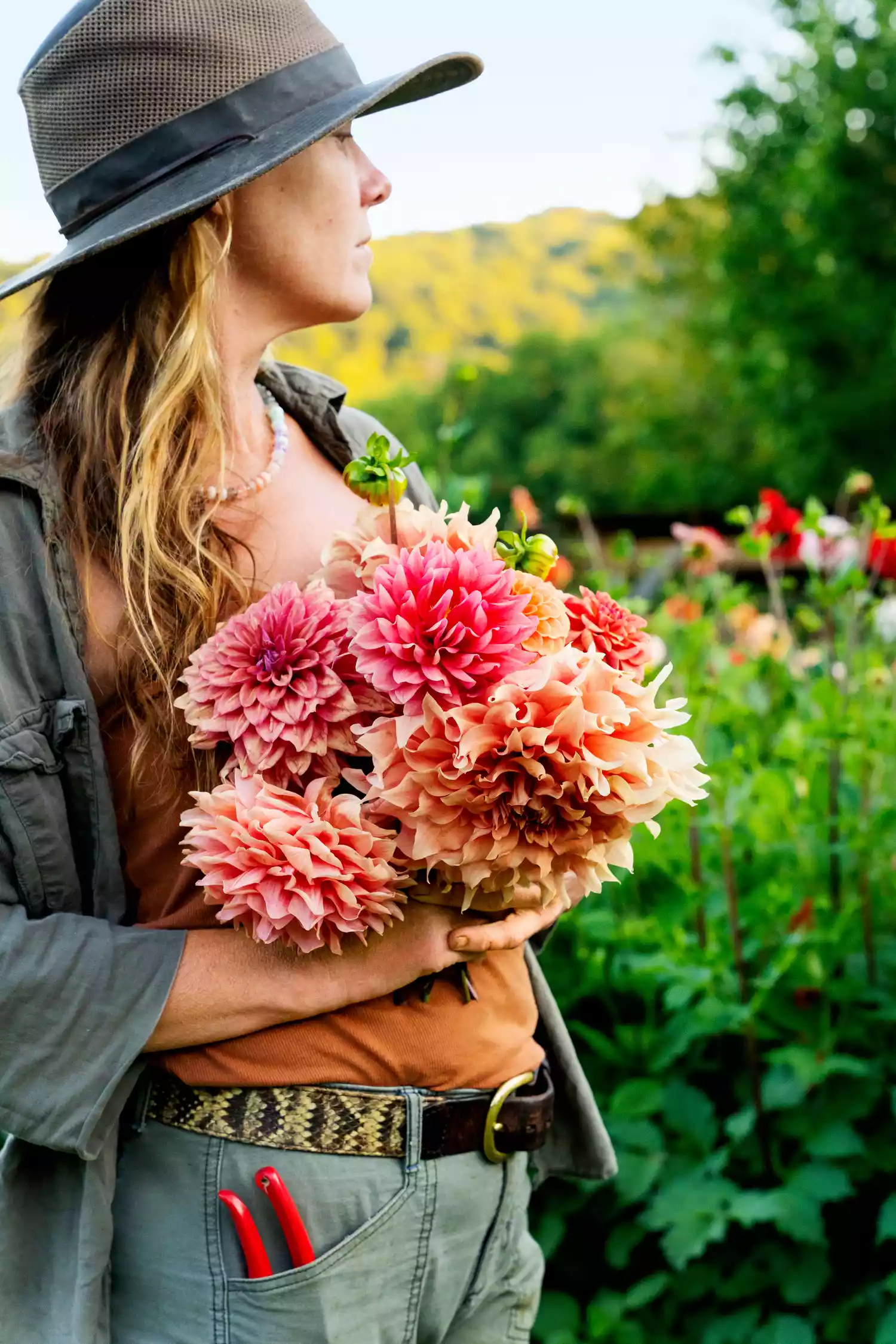
The owner of Beech Mountain’s Goldenrod Gardens gushes about these flowers like some mothers carry on about their children. “They are some of the happiest-looking blooms I’ve ever seen. Each one is brilliant, colorful, and unabashedly fluffy,” effuses the dahlia breeder, who grows nearly 10,000 stems each year with her small team. “The sheer variety of them amazes me. They’re classified by size, grouped by form and color, and come in every hue except blue. There are some pompon forms that measure a half inch to an inch across with tons and tons of little petals, while other blossoms can be as big as 10 inches wide. That’s such an extraordinary range for a flower. Zinnias don’t have this, and neither do roses.”
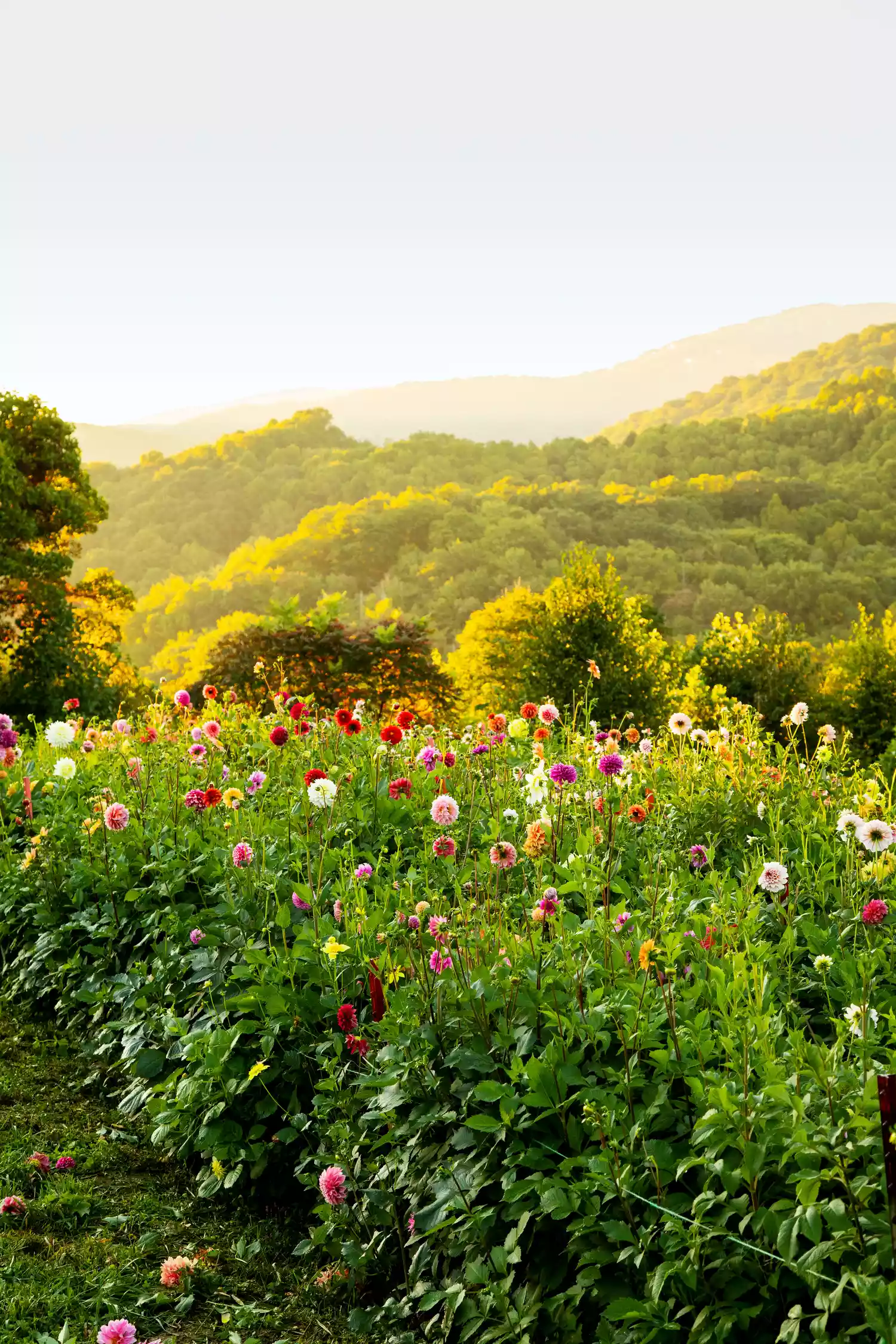
About 15 years after that memorable first encounter with dahlias, Carlton has curated and cultivated an impressive variety of them, combing through catalogs of smaller growers and experimenting with seeds and tubers to yield a spectacular array of sizes, shapes, and shades. In addition to supplying area floral designers with blooms, she sells the tubers to home gardeners across the country so folks can start or diversify their own collections. Here, the dahlia whisperer shares her no-nonsense secrets for coaxing tubers to grow into eye-catching beauties and extending the life of cut flowers.
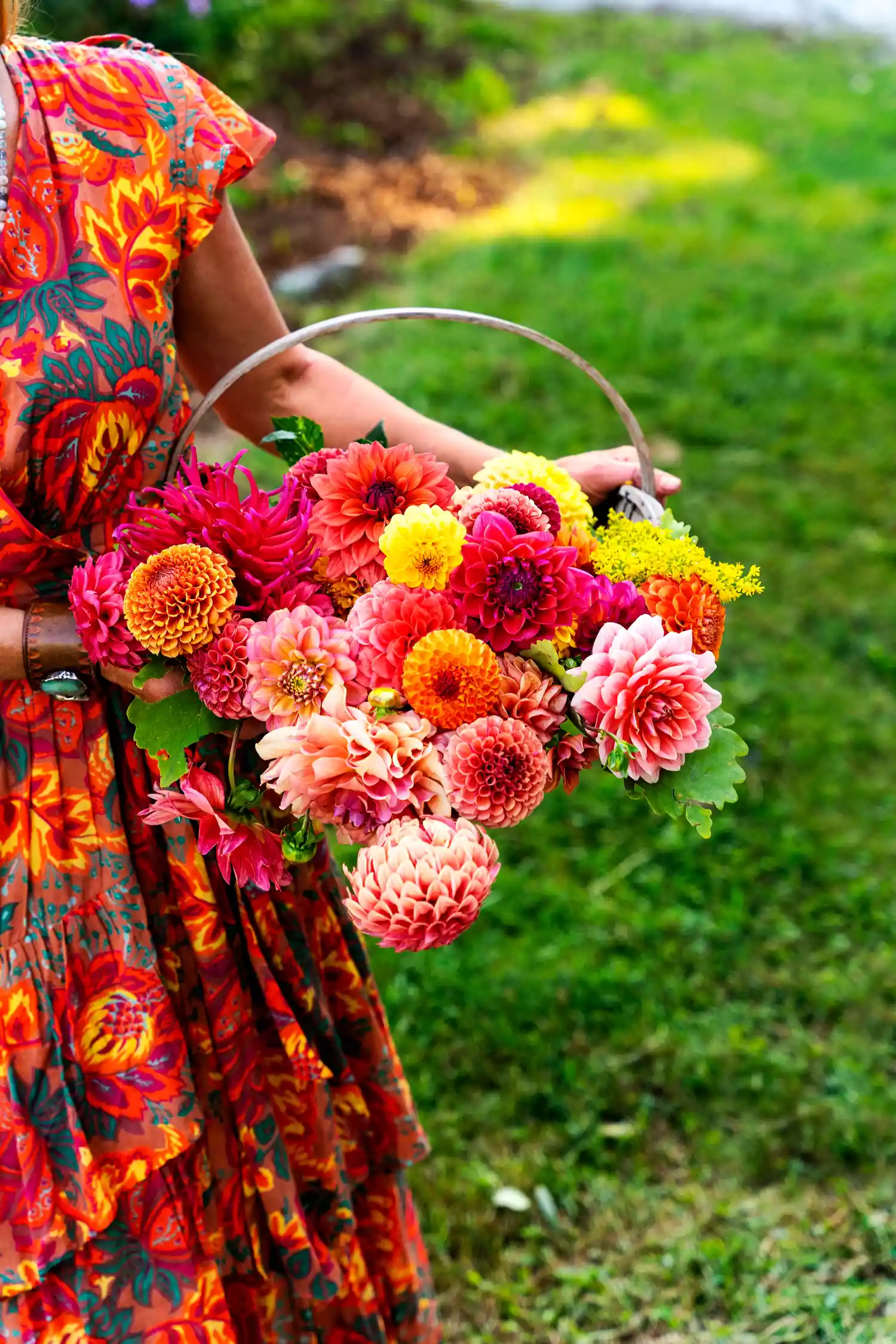
Her Best Tips To Grow Delicate Dahlias At Home
Time It Right
“Plant them when you would a tomato. The soil needs to be between 60 and 65 degrees.”
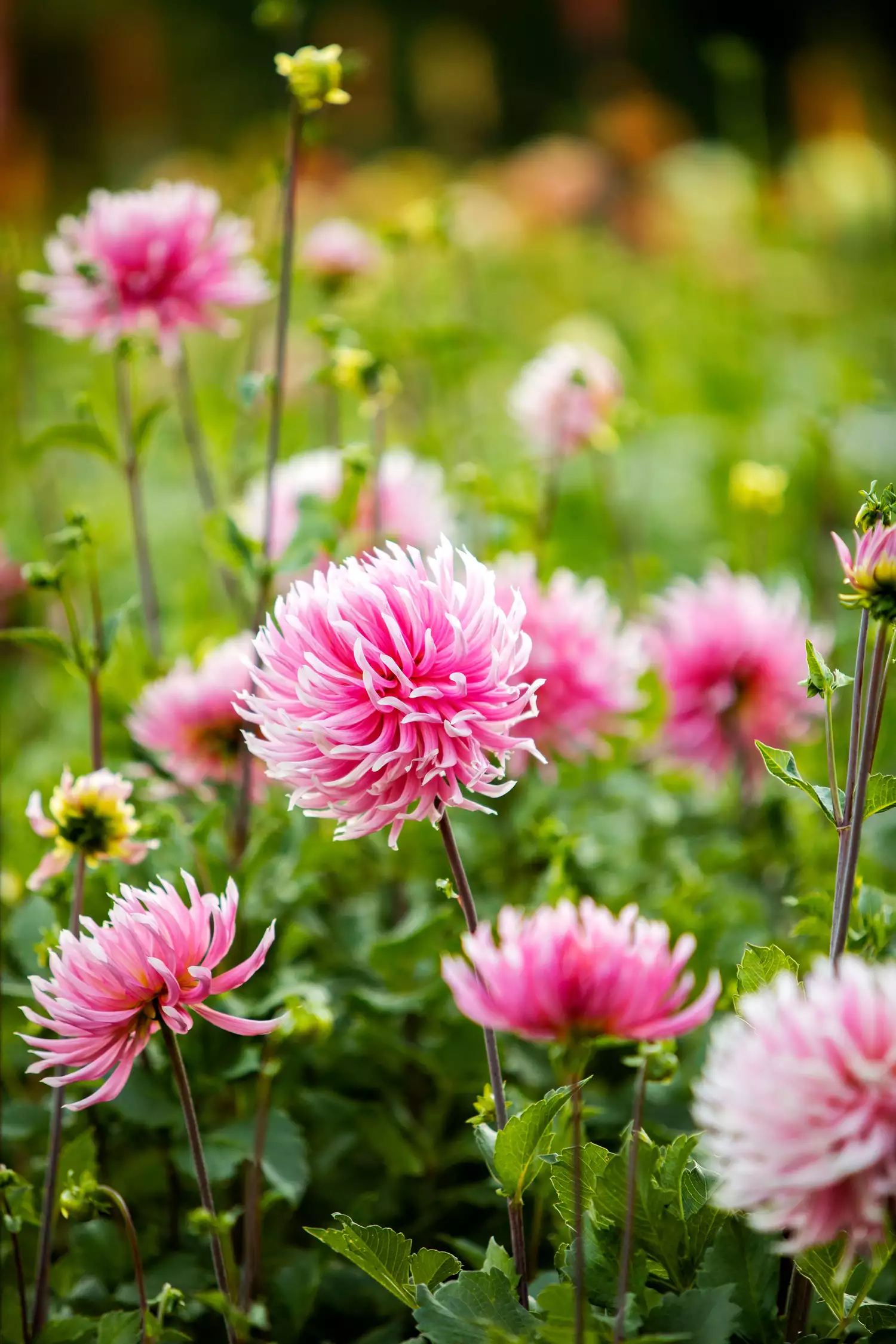
Water Wisely
“Overwatering tubers is the number one cause of death. If it’s about time to plant but you’re coming into a week of rain, I would hold off. Be sure your soil is well drained too.”
Know Your Environment
“Test your soil to find out what you need to add. When growing in an area with hard red clay, consider planting them in raised beds or big pots.”
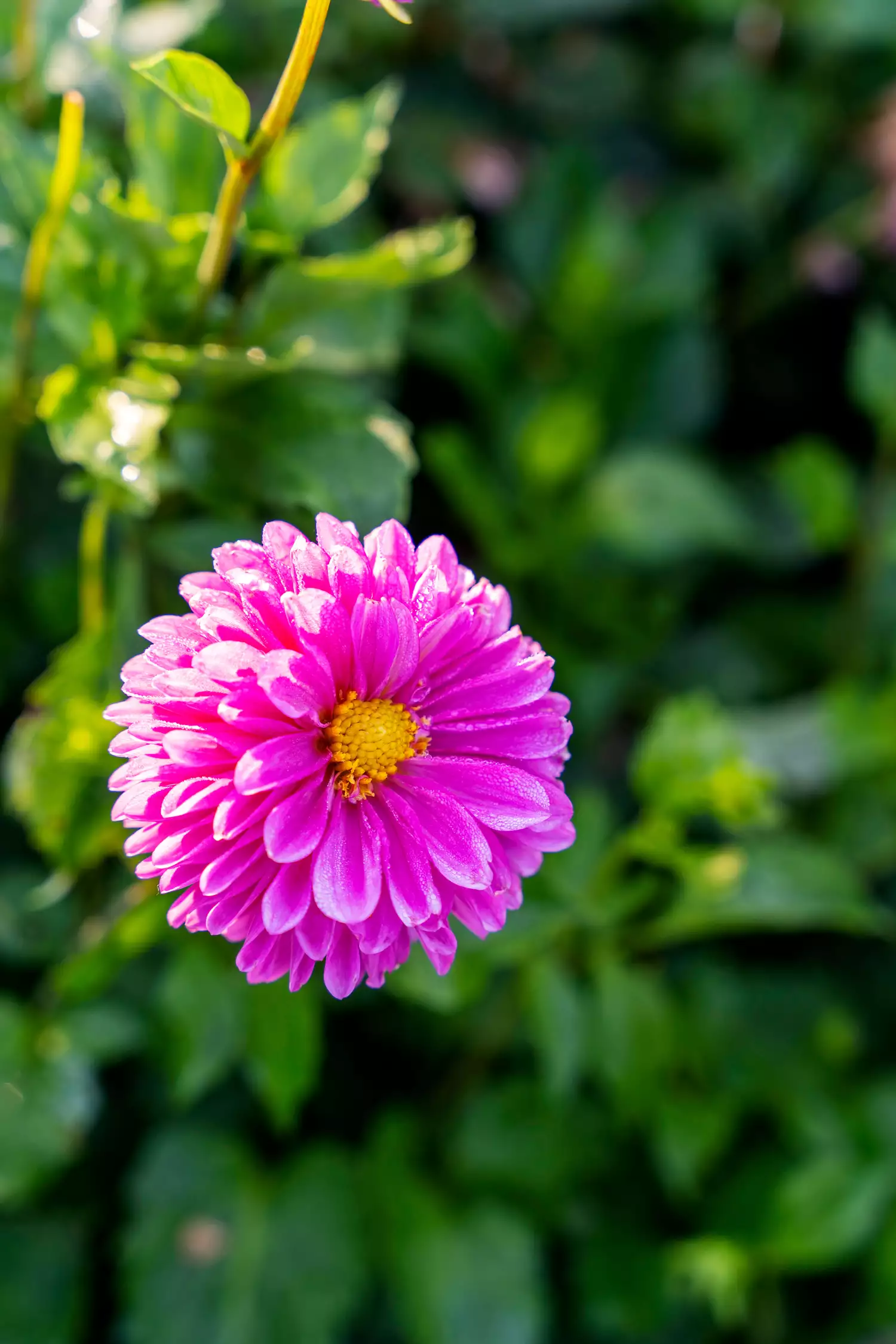
Avoid Fertilized Potting Soil
“Bagged potting mixes like MiracleGro can fry a tuber and turn it into mush. Don’t add fertilizer until after plants have started growing.”
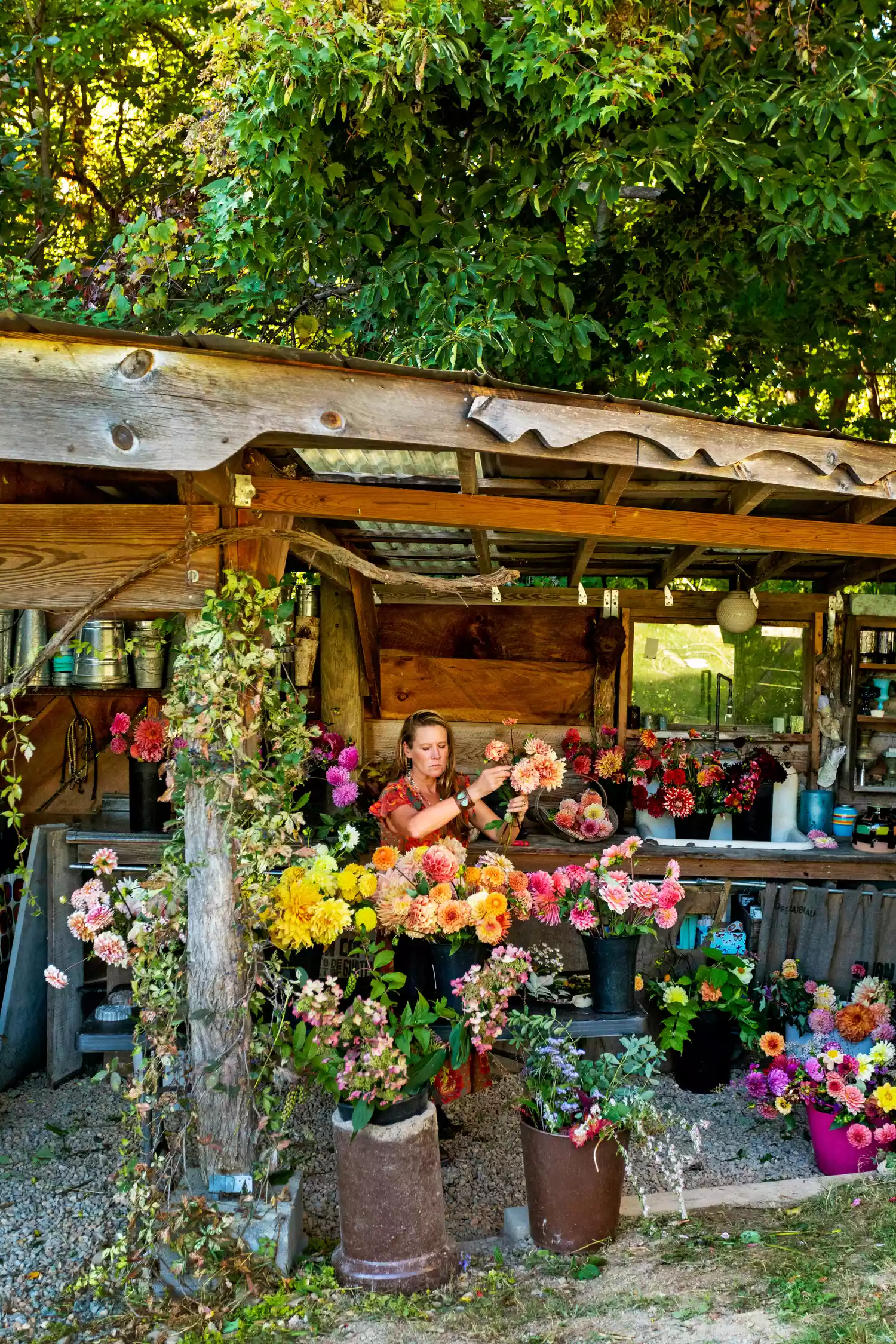
Her Secret To Blooms That Last
Harvest Early
“It’s best to gather blossoms in the morning when they are cooled down from the night before and well hydrated. Temperatures under 80 degrees are ideal.”
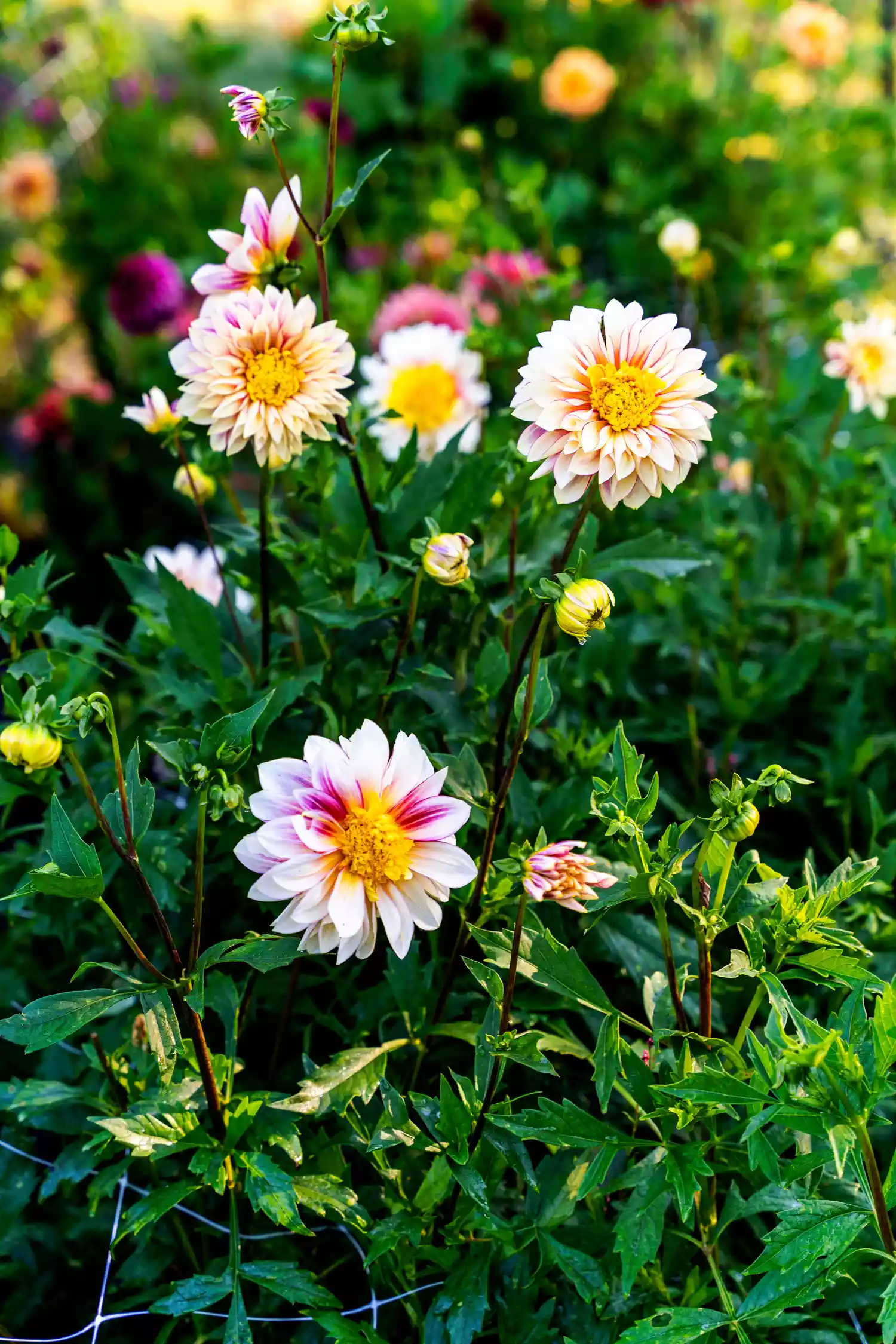
Drop Them Into Water ASAP
“Dahlias have really big stems that are hollow. So when you plunk them into water, it gets forced up those hollow stems. You want to do this immediately after picking; don’t just leave them in your pretty garden basket.”
Allow For Chill Time
“Take the blooms to a cool place, and let them rehydrate for a few hours or overnight so they can recuperate before you start arranging them. I have a walk-in cooler, but air-conditioning goes a long way too.”
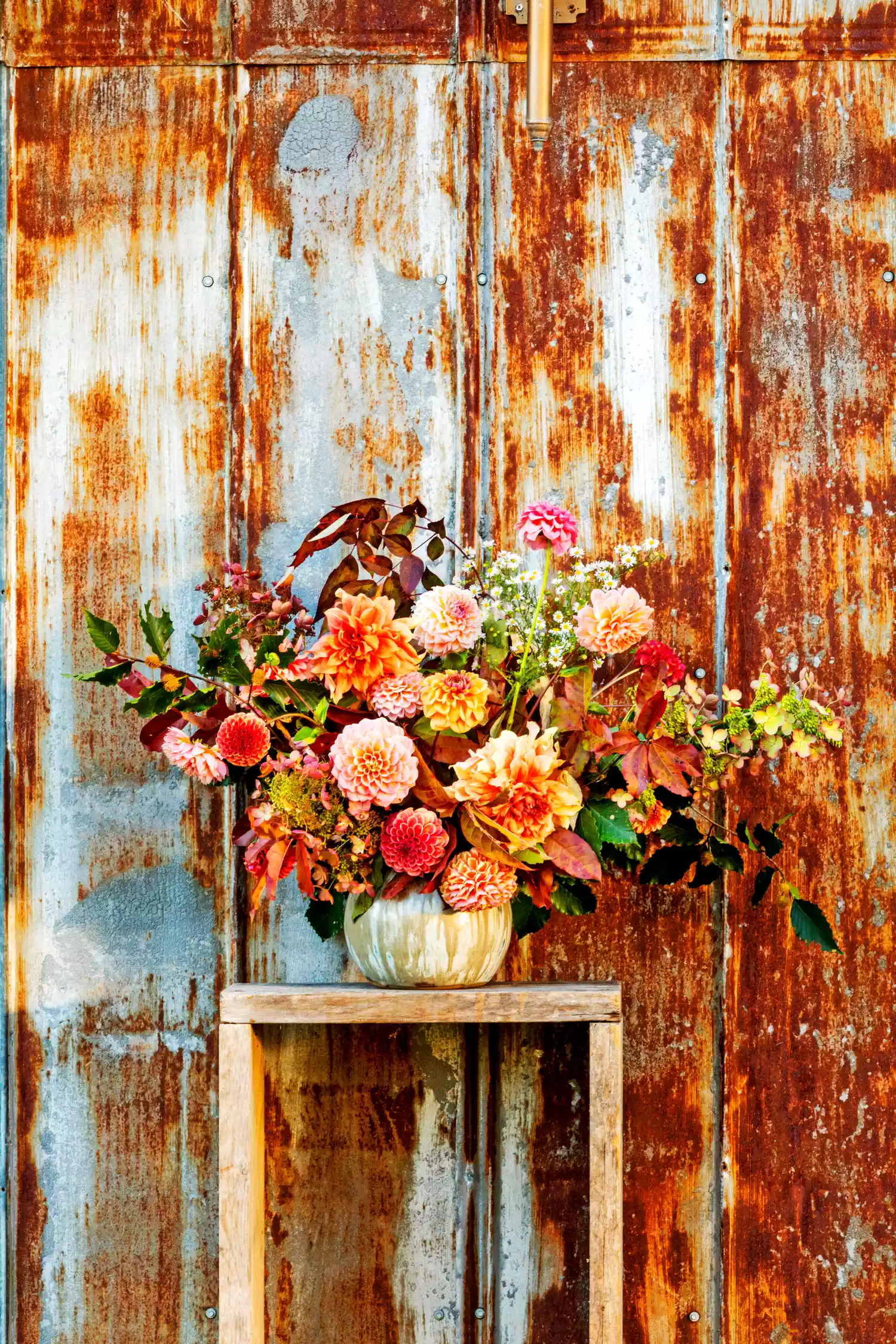
Keep Them Hydrated
“They are going to drink the most in the first 36 hours of being in a vase. I’m always amazed by how much the dahlias need. I advise adding flower food unless you plan to change the water every day. Don’t put cut dahlias in hot water, especially in a warm place. I feel like that’s a slow boil.”





